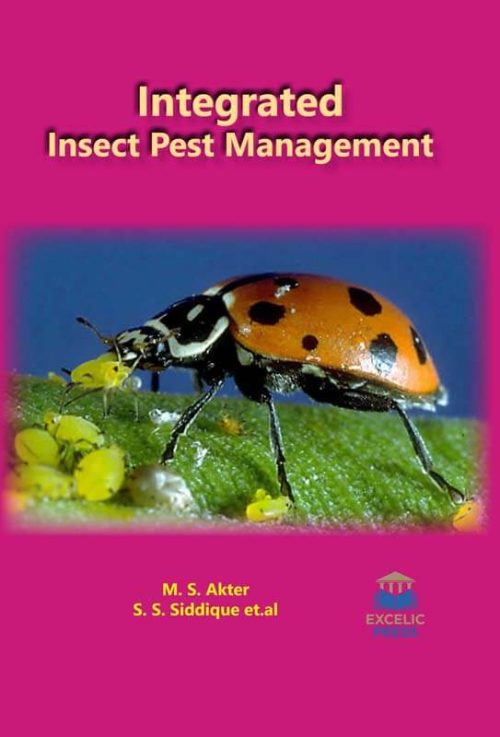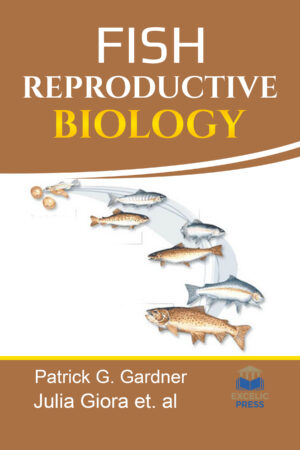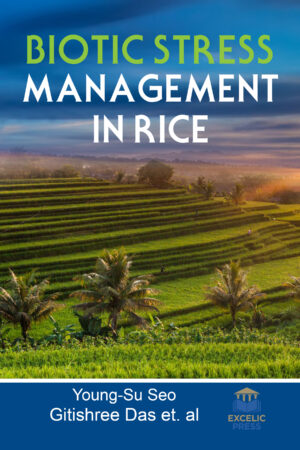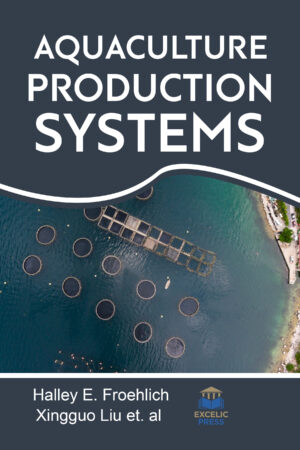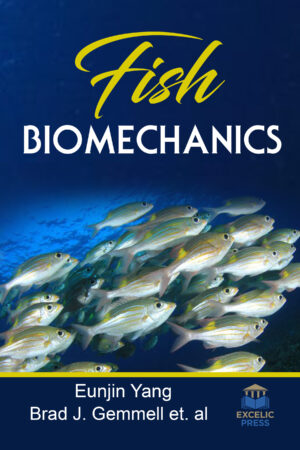Description
Conventional agriculture techniques applied in the latest decades have had undesired consequences on the environmental sustainability, carried out to the soil erosion, the degradation of the ecological system, changing the balance between beneficial and harmful pests, and contamination of soil, water, and agricultural products by heavy metals and pesticides. For decreasing crop production, numerous forms of insect tormentor management approach area unit recognized within the last century namely biological, physical, chemical still as mechanical management. Chemical control has adverse effects on the environment as well as human health. Besides, environments are polluted by using chemical pesticides called “persistent organic pollutants” (POPs). Continuous application of pesticide causes pesticide resistance in insects. Different types of diseases like nervous systems, cancer, and reproductive problems rose due to the use of chemical pesticides. Knowledge of the impact of pesticides on beneficial arthropods is critical in Integrated Pest Management (IPM). Insect pests cause substantial losses to food and fiber crops worldwide. Additionally, the vector of human and domestic animal diseases. The dependence on pesticides as a sole method of control has resulted in the development of insect resistance and negative effects on human health, natural enemies, and the environment. The concept of integrated pest management (IPM) originated almost 60 years ago in response to these negative impacts of pesticides. Currently, IPM is a robust paradigm of pest control around the globe.
This book reviews the history of IPM, its main principles, decision-making rules, the components, and the main tactical methods used. Innovative plan of action strategies like sterile insect technique (SIT), incompatible insect technique (IIT), and push-pull strategy area unit mentioned. It contains contributions from eminent authors and researchers providing information on pest management methods as chemical replacements. Moreover, challenges of implementation and future prospects of IPM are highlighted. Recently, scientists emphasize on the insect pest control through the habitat management. This method could be effective and economically safe to control the specific pest below its economic threshold while it would be applied at the proper time of the crop and pest phenology. So, the book discusses biological control through habitat management that leads to sustainable insect pest control. Different types of land composition such as multiple landscapes, patchiness of landscapes enhance the natural enemies which ultimately lead to the control of insect pests.
Knowledge of aspect effects of pesticides on non-target useful arthropods may be a key purpose in Integrated Pest Management (IPM)Therefore, the book also evaluates the side effects of pesticides on predatory mites. The book provides the reader many important practical data, judiciously documented, which are useful for the researchers and farmers from the world. Pest control in organic agriculture can be obtained through prevention and curative measure, but modern agriculture must be focused on prevention.
Finally, the book reviews the potentiality of pesticidal plants to smallholder farmers. It conjointly provides the standing of Pesticides plants use, their doable effectiveness against insect pests, persistence further because the data that endemic folks possess in their use. It also suggests the need for more instrumental research on the practical improvement of indigenous knowledge on the use of pesticidal plants with scientific evidence. This book will be of great interest to academia and industry with satisfactory basic concepts and applications of IPM as well as research students will find this valuable.

